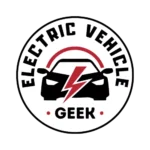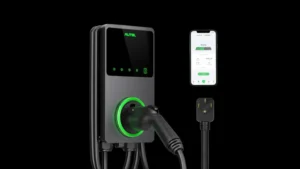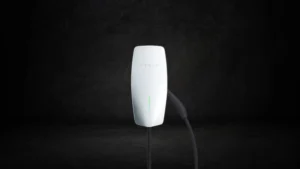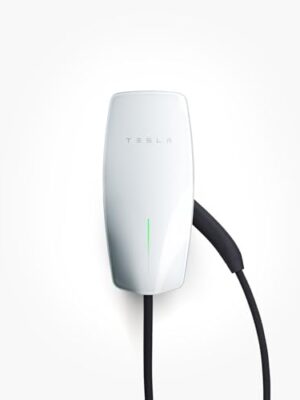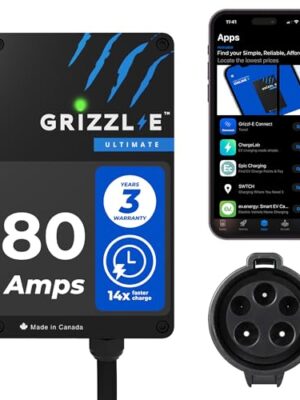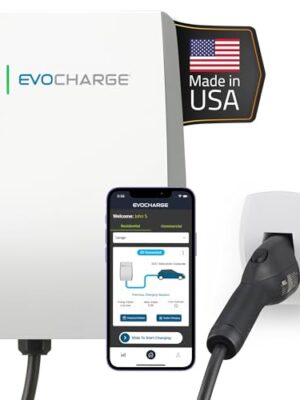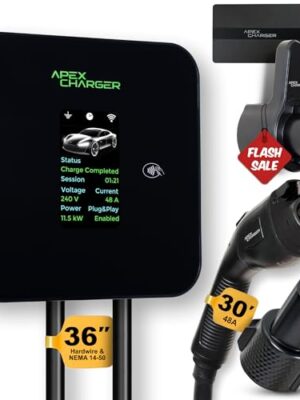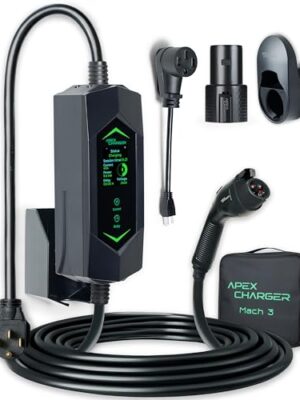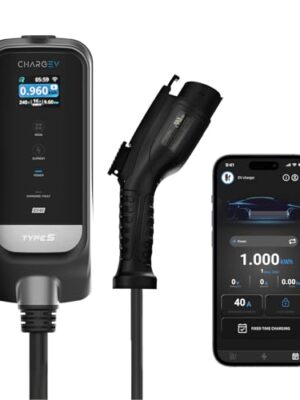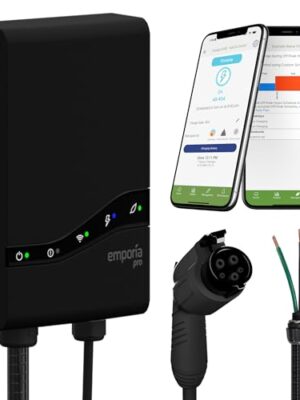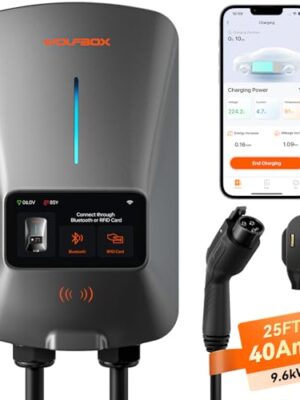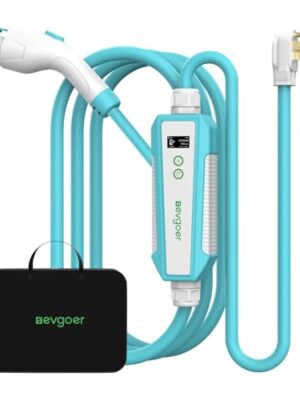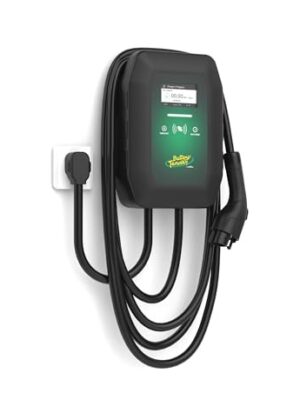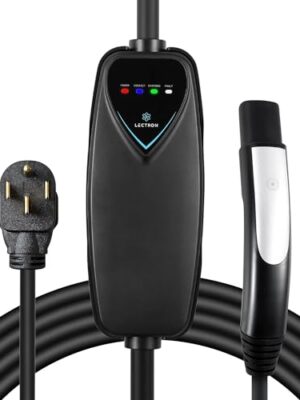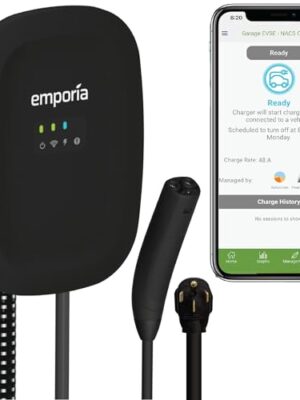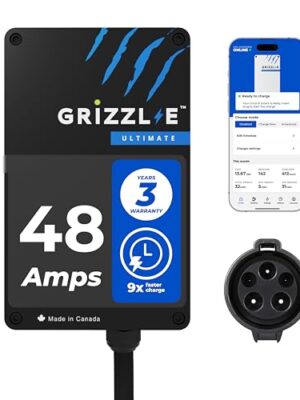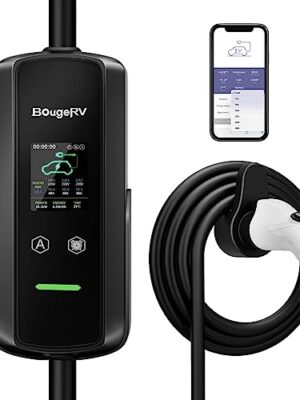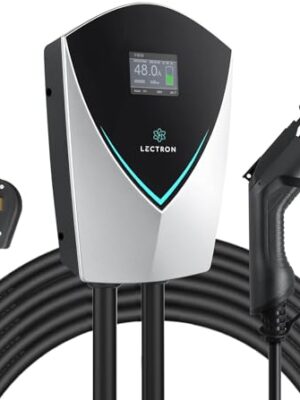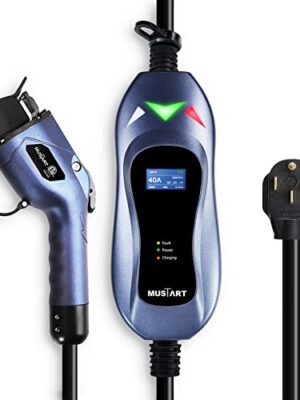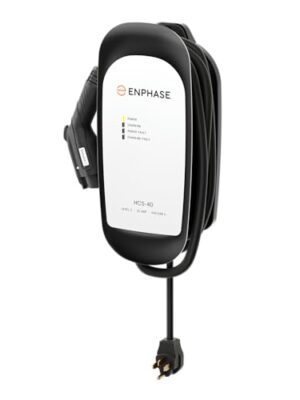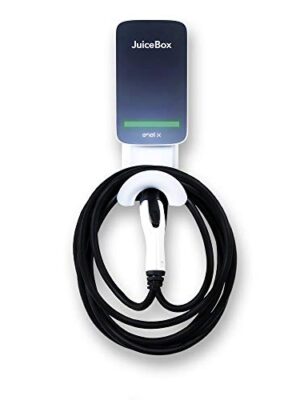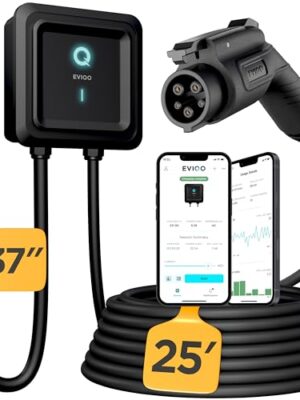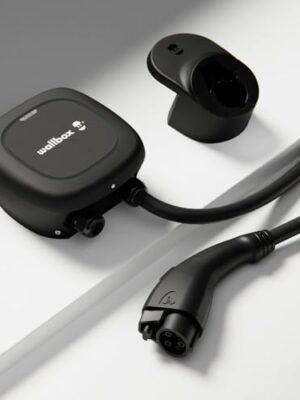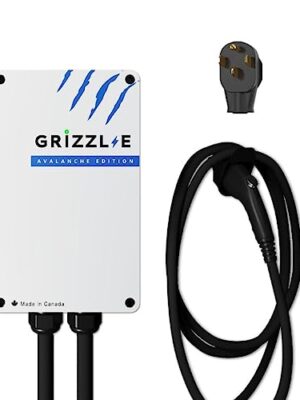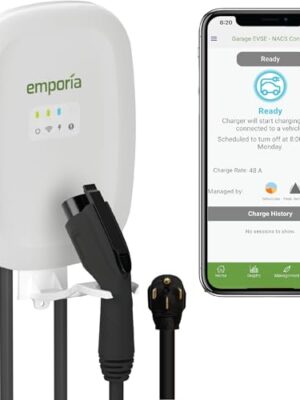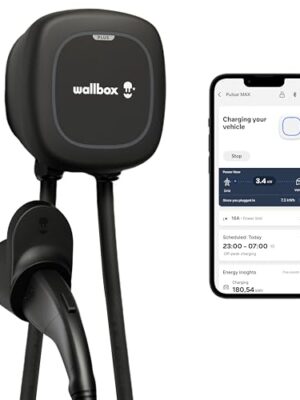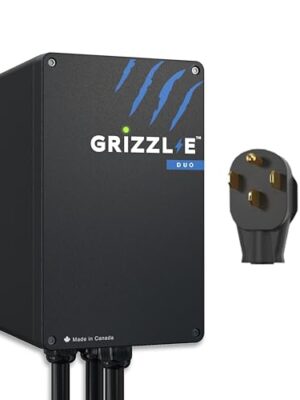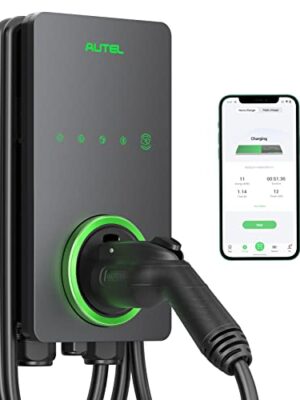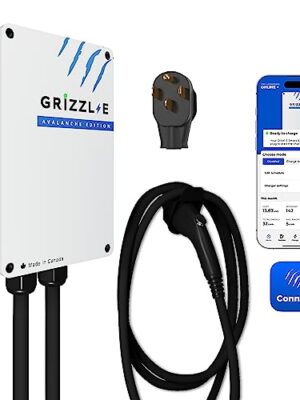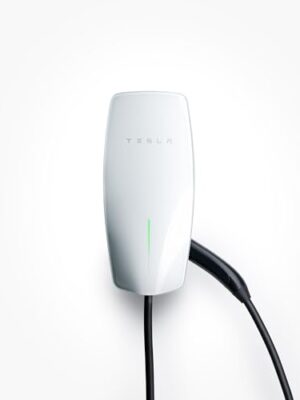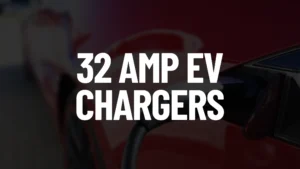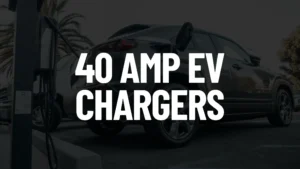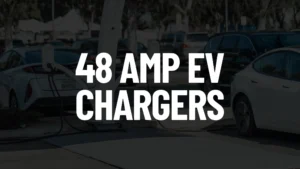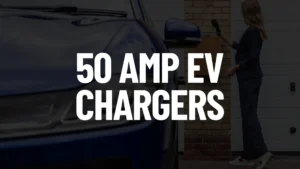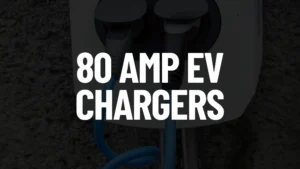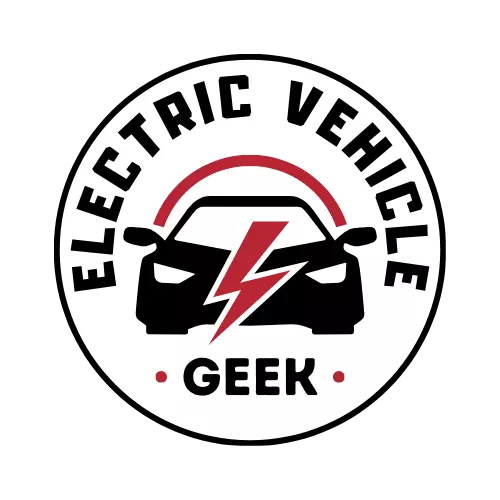Supported by you via insider access, and when you purchase through links on our site, we may earn an affiliate commission. See our Affiliate Disclosure.
40 AMP EV Chargers Reviews 2025
Explore high-performance 40 Amp Level 2 EV chargers for residential use. Compare hardwired and plug-in models by speed, smart features, and Tesla or J1772 compatibility.
Best 40 AMP EV Chargers
No one tests more EV chargers than we do. Looking for a home charger with 40A support? Discover the top-rated 2025 models – offering up to 9.6 kW of power for faster daily charging without stepping into 50-amp territory. Includes both fixed 40 Amp and amperage-adjusted chargers, with options for Tesla/NACS and J1772 connectors.
Best Value Home Smart EV Charger
UL Tested and Certified. Energy Star Certified.
Best QualityJ1772 Home EV Charger
Integrate with home energy systems
Best Budget for NACs Alliance Electric Vehicles
Remotely opens Tesla charging port door
Best for Tesla Model S, Model 3, Model X and Model Y.
Power-share allows up to six Wall Connectors to be linked
See All 40 Amp EV Charger (J1772 or Tesla/NACS)
Browse our curated collection of 40 Amp Level 2 EV chargers, including fully hardwired and plug-in models. Most offer adjustable amperage settings and support for both Tesla/NACS and J1772 standards – ideal for home charging at 240V.
What Is a 40 Amp EV Charger?
A 40 Amp EV charger delivers up to 9.6 kW of power at 240V, capable of adding approx 30 miles of range per hour, depending on your EV. It offers a performance sweet spot – powerful enough for most drivers’ daily needs while keeping electrical demands under the 50A threshold. Many units allow adjustable current settings down to 16A or 32A. Most 40A chargers require a 50A circuit and support hardwired or NEMA 14-50/6-50 plug-in installation.
40 Amp EV Charger Circuit Requirements
A 40 Amp EV charger must be installed on a 240V circuit protected by a 50A double-pole breaker. The circuit should use 6 AWG solid copper conductors for hot wires and 10 AWG solid copper for the ground (G), all rated for 75°C insulation (e.g., THHN). These chargers typically plug into a NEMA 14-50 (4-wire) or NEMA 6-50 (3-wire) outlet or may be hardwired.
GFCI protection is typically required and may be integrated into the breaker, outlet, or charger per NEC and local code.
NEMA 14-50P 40 Amp Level 2 EV Charger Circuit Wiring Diagram
This setup uses a 240V NEMA 14-50R outlet. A 50A double-pole breaker feeds four wires- black (L1), red (L2), white (Neutral), and green (Ground) – from the panel to the outlet. Use 6 AWG solid copper for the hot and neutral conductors, and 10 AWG copper for the ground. The charger plugs into the outlet. Neutral may be required for standby or smart features.

NEMA 6-50P 40 Amp Level 2 EV Charger Circuit Wiring Diagram
This 3-wire setup uses black (L1), red (L2), and green (Ground). A 50A double-pole breaker supplies 6 AWG solid copper for hots and 10 AWG copper for ground. Neutral is not used. The wires feed into a NEMA 6-50R outlet, where the charger plugs in.
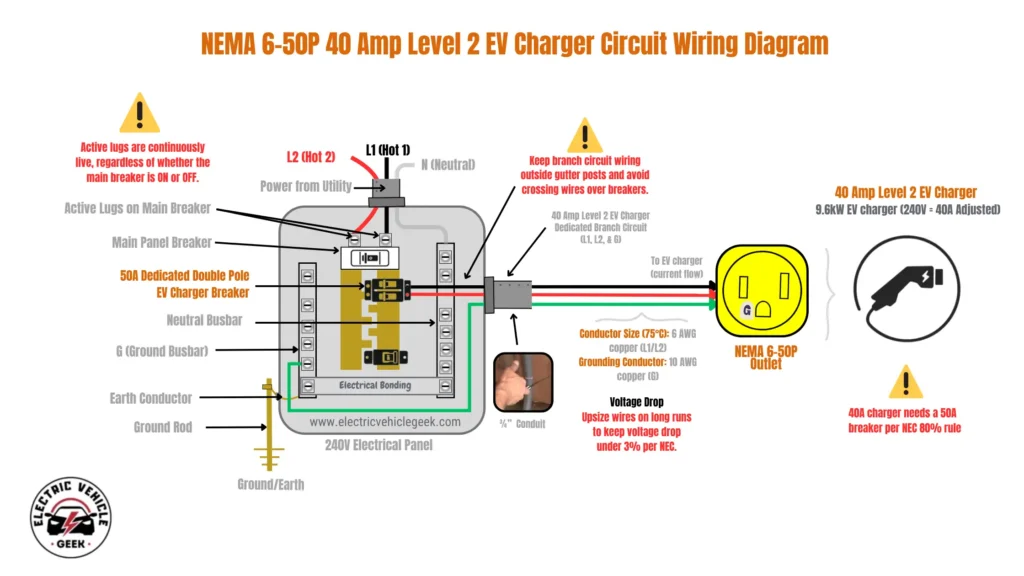
Hardwired 3-Wire 40 Amp EV Charger Circuit Wiring Diagram
This permanent 240V setup runs directly from a 50A double-pole breaker to a junction box. It uses three solid copper conductors – L1 (black), L2 (red), and Ground (green) – sized at 6 AWG for hots and 10 AWG for ground. The charger is directly wired in. No neutral is required.
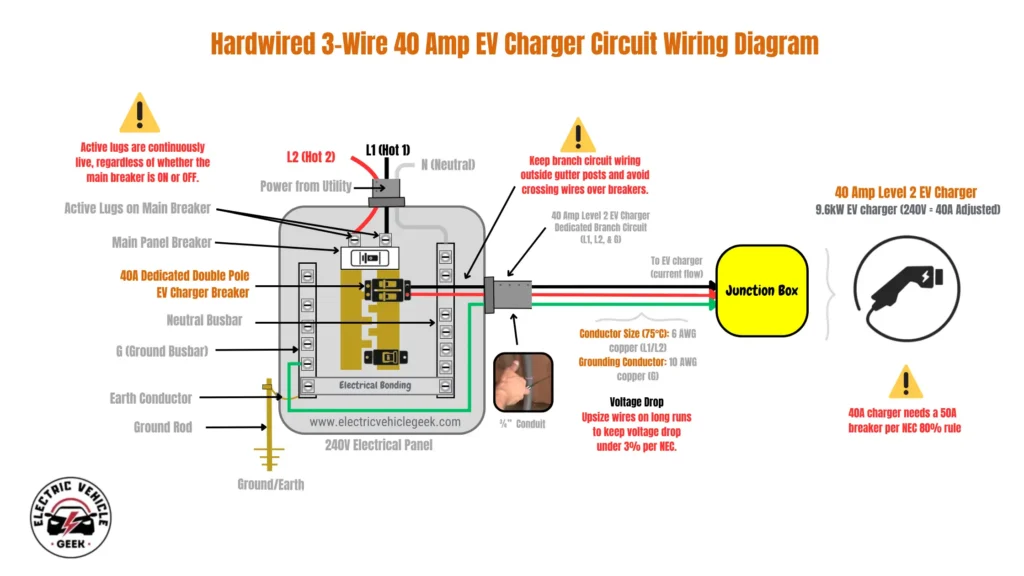
Hardwired 4-Wire 40 Amp EV Charger Circuit Wiring Diagram
Some hardwired chargers use a fourth conductor for internal features. A 50A breaker feeds four wires: black (L1), red (L2), white (Neutral from the neutral busbar), and green (Ground from the ground busbar). Use 6 AWG solid copper for hots and neutral, and 10 AWG for ground, all rated for 75°C. The wires terminate in a junction box where the charger is directly connected.

Need a Little More or a Little Less? Compare Popular Home EV Charging Amperages
40A EV chargers offer approximately 30 miles of range per hour and are ideal for overnight charging. For smaller panels or moderate use, consider 12A to 32A EV chargers below. Need more power? Explore 40A to 80A EV chargers below.
120V, 12A, 1.44 kW
Adds approx. 3–8 miles of range per hour.
120V or 240V, 16A, 1.92–3.84 kW
Adds approx. 3–12 miles of range per hour
240V, 24A, 5.76 kW
Adds approx. 22 miles of range per hour
240V, 32A, 7.68 kW
Adds approx. 26 miles of range per hour
240V, 48A, 11.5 kW
Adds approx. 40 miles of range per hour
240V, 80A, 19.2 kW
Adds approx. 75 miles of range per hour
